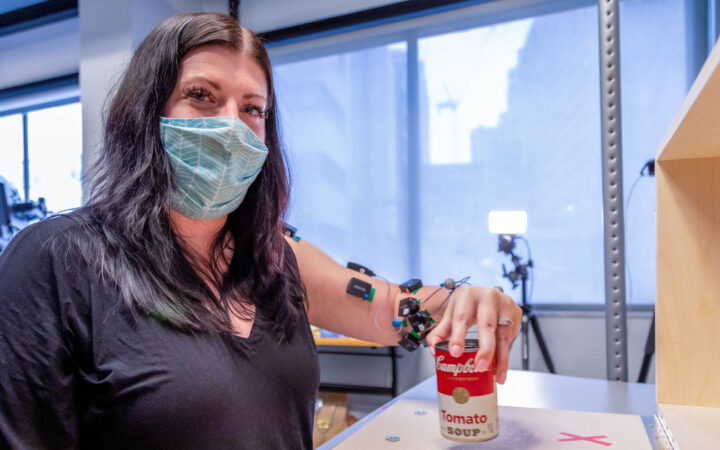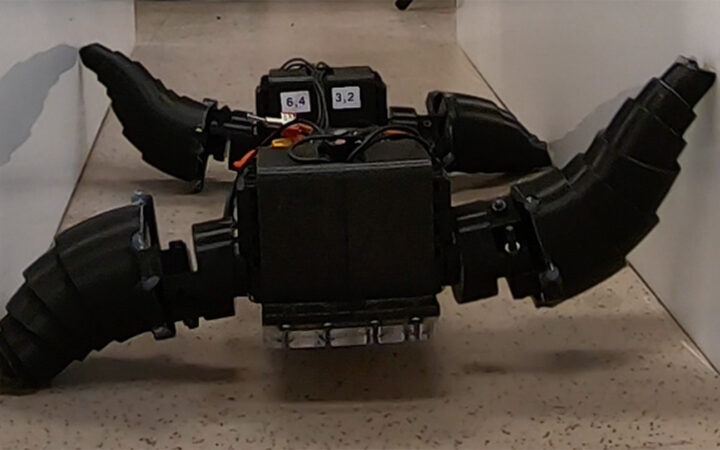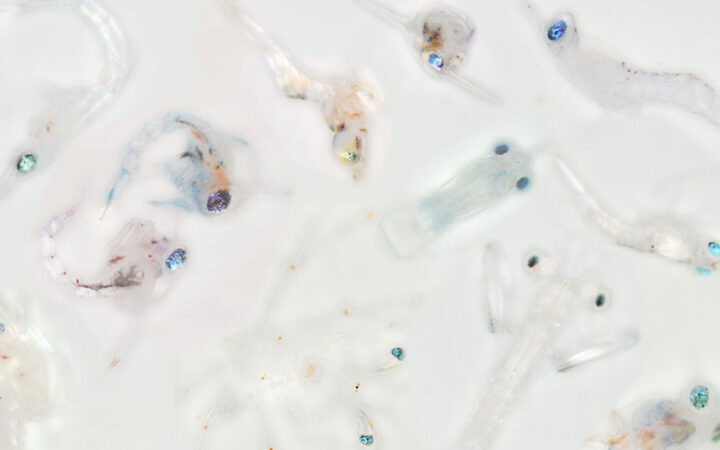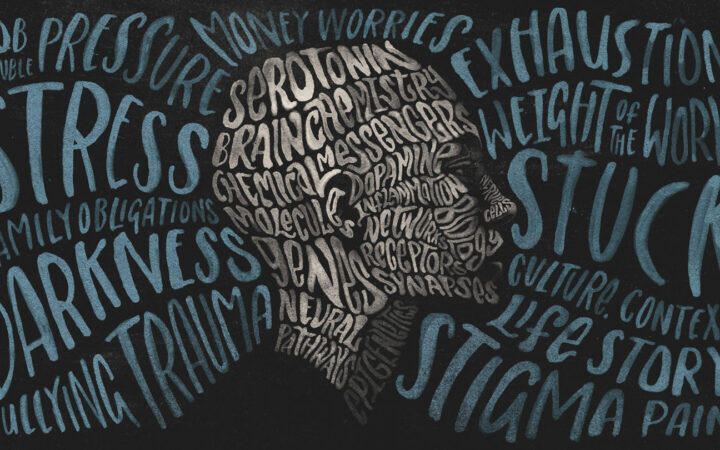
Learning and memory transfer: More experimental evidence — Science News, November 6, 1971
The first memory molecule has been isolated, characterized and synthesized … [from the brains of] rats that had been shocked in the dark…. It is a protein and dubbed “scotophobin,” after the Greek words for “fear of the dark.” [One researcher] has injected synthetic rat scotophobin into the brains of hundreds of goldfish. While the fish indeed exhibited fear of the dark and resisted learning to swim into the dark, the fear was of brief duration.
Update
The idea that scotophobin stores memories and can be used to transfer them between organisms was met with intense skepticism and was eventually discredited by neuroscientists. But the search for a physical basis of memory continues. Over the last few decades, other memory molecule candidates have popped up, including a protein called PKM-zeta, which may help with memory retrieval, and even RNA (SN: 6/9/18, p. 9). Still, the dominant theory is that memories are stored in synapses, connections between nerve cells in the brain (SN: 2/3/18, p. 22).

 A new treatment could restore some mobility in people paralyzed by strokes
A new treatment could restore some mobility in people paralyzed by strokes  What has Perseverance found in two years on Mars?
What has Perseverance found in two years on Mars?  This robot automatically tucks its limbs to squeeze through spaces
This robot automatically tucks its limbs to squeeze through spaces  Greta Thunberg’s new book urges the world to take climate action now
Greta Thunberg’s new book urges the world to take climate action now  Glassy eyes may help young crustaceans hide from predators in plain sight
Glassy eyes may help young crustaceans hide from predators in plain sight  A chemical imbalance doesn’t explain depression. So what does?
A chemical imbalance doesn’t explain depression. So what does?